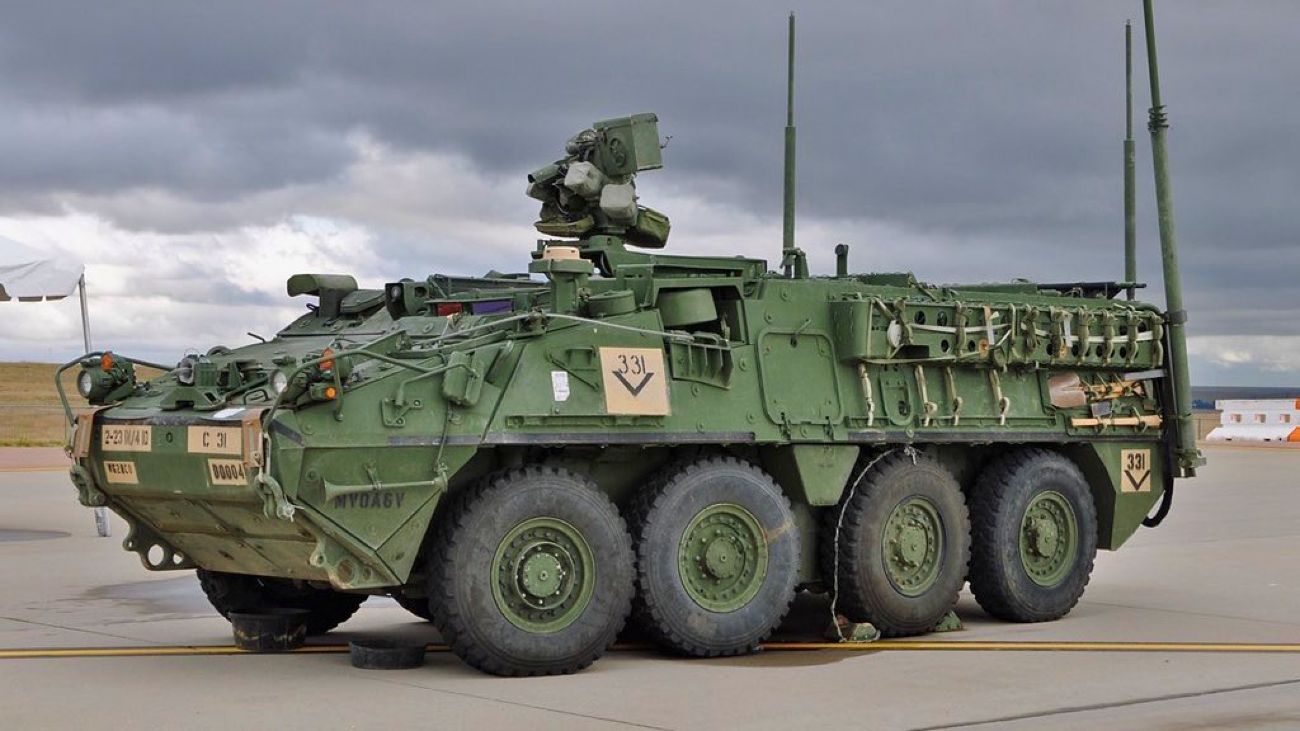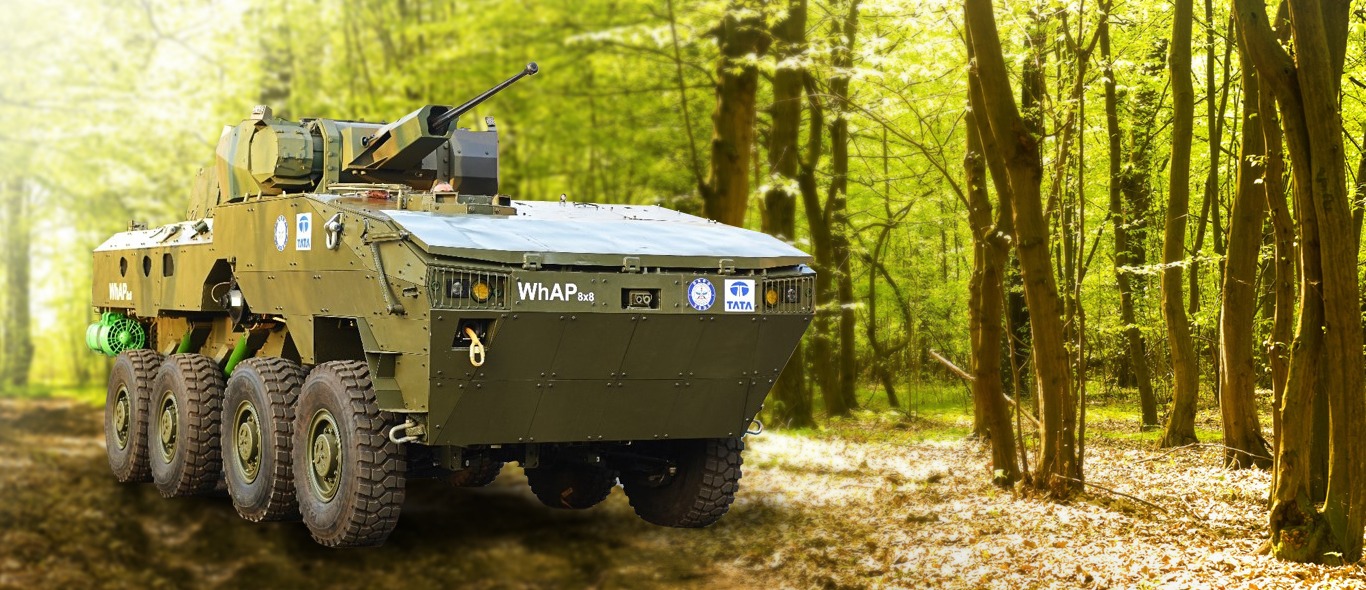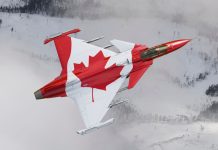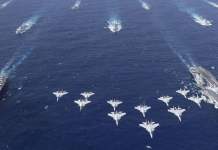As India-Canada ties nosedive, it is casting a shadow on the deal to purchase Stryker Armored vehicles, manufactured by a Canadian firm for the US, for the Indian Army. The deal has been in the negotiation stage and has already been inviting criticism from the proponents of self-reliance in defense production.
Now, a deal benefiting Canada could be political hara-kiri. The negotiations regarding the phased acquisition of the Stryker armored vehicles, which included eventual production of the platform in India, took place during US National Security Advisor Jake Sullivan’s India visit in June.
However, ties between Canada and India have been spiraling downward rapidly. Canadian Prime Minister Justin Trudeau held a press conference and declared six Indian diplomats, including the Ambassador (High Commissioner), persona non grata. In response, India has expelled Canadian diplomats, bringing an all-time low in diplomatic relations between the two countries.
As the Indian government has rejected the Canadian government’s “preposterous” allegations, it seems highly improbable that India will proceed with purchasing a defense platform that could benefit Canada.
A Nuclear Stealth Bomber With Toilet & Microwave Sets Historic Milestone With 2,000 Flight Hours
The Stryker is an 8-wheel-drive combat vehicle developed by General Dynamics Land Systems-Canada for the US. The Economic Times has reported that the industry leaders have proposed to the government against the acquisition.
The US has been aggressively advocating for India to purchase the armored vehicle, which is powered by a Caterpillar C7 engine with 350 horsepower, has a range of 483 kilometers, and can run at a maximum speed of 100 km/h.
It has bolt-on ceramic armor for enhanced protection and can withstand improvised explosive devices. It is compatible with Chinook helicopters already in the Indian Air Force’s inventory.
On The Brink Of War? After Russia-Ukraine & Israel-Gaza, Are North & South Korea Set For A Showdown?
The Strykers are to be purchased with an eye on China and are expected to be deployed in high-altitude areas along the border with China in regions like Eastern Ladakh and Sikkim. The Indian Army is looking to modernize its BMP-II vehicles of Russian origin and replace them with wheeled and tracked Infantry Combat Vehicles.

The Strykers made their debut 20 years ago during Operation Iraqi Freedom II. It was during this operation that the 3rd Brigade, 2nd Infantry Division (now 1-2 Stryker Brigade Combat Team) earned its nickname ‘Ghost Soldiers’.
The Ghost Brigade was the first to operate the vehicle. The occupants of the armored vehicle were kept safe from conventional weapons like rocket-propelled grenades. The defeat of Saddam’s Army led to the rise of the use of Improvised Explosive Device (IED).
The Stryker’s armor was tough before it was hit by a large IED. The Stryker sustained extensive damage, but the crew came out unscathed. It earned the reputation amongst the US Armed Forces that “not only could these trucks bring you to the fight, but they could bring you home.”
Exclusive: How Indian MiG-21s Thrashed F-15 Eagles During Military Drills, Shocking USAF Pilots
Unlike the F-414 engine deal, the Strykers deal has received mixed reactions from the Indian defense fraternity. They see it as a “terrible” move at every level, considering India has indigenous capability for it.
Shiv Aroor, a senior Indian defense journalist, said: “(It is) wasteful co-production of capability already with firms like Tata, Mahindra, Kalyani, etc. Stryker ecosystem is in Canada, why should GOI (Government of India) benefit Canada.” He added: “It is a waste of ‘credits’ under India-US DTTI (Defence Technology and Trade Initiative).”
Buy Indian Wheeled Armoured Platform
Instead of benefiting Canada, proponents of indigenization have exhorted the government to buy the Indian-wheeled armored platform (WhAP). The armored platform is the result of collaboration between Indian defense giants Tata, Mahindra, and Kalyani and the Defence Research and Development Organisation (DRDO).
Outdated Tech, Delayed Delivery, Russian S-400 AD System No ‘Game Changer’ For Indian Military: OPED
The platform was unveiled at Defexpo 2014 in Delhi. It was tested at high altitudes, and the Indian Army was impressed by its capabilities. TATA Advanced Systems Limited (TASL), a subsidiary of Tata Group, has bagged a contract to manufacture WhAP for the Royal Armed Forces of Morocco.
Dr. S. Guruprasad, former director of Research and Development Establishment (Engineers), a DRDO laboratory, at Dighi, told the EurAsian Times: “WhAP is an excellent, proven technology. It has been tested at high altitudes. The Army was impressed by its performance.” Unlike the Stryker, WhAP is amphibious.
An armored vehicle has three distinct features: mobility, which defines the capability to negotiate a particular terrain, armored protection, and weapons it carries. WhAP holds well against Stryker. WhAP can carry 2+9 people, while Stryker can carry 3+8 people. While the Indian combat vehicle weighs 24.5 tons, the Stryker weighs 20.3 tons. WhAP’s power-to-weight ratio is 25, compared to Stryker’s 17.24.
WhAP also has amphibious capability and nuclear sensors that are absent in Stryker.
Tata has already delivered the first units to the Indian Central Police and Indo-Tibetan Border Police (ITBP), and the vehicles are more likely to operate in the border region of Ladakh. They are priced around 2.6 million euros, about 30 to 50% cheaper than their Western competitors.

The WhAP can achieve a top speed of 100 kmph and has a maximum range of 500 km. It has been tested for high-altitude operations in Eastern Ladakh. WhAP’s amphibious drive mode allows it to cross streams at up to 10kph with onboard water jets. The fuel tanks are located outside, improving crew safety.
The back-to-back seats are linked to the roof to protect against landmines. It has three gun ports and vision blocks for firing on each side. There are two hatches for patrolling and a hydraulically operated single rear-opening door. It has NBC (Nuclear, Biological, and Chemical) environmental protection.
At the front end, it has a slanted armored plate, also known as a glacis plate. It is one of the strongest pieces of armor in the vehicle. The inclined position of the armored plate provides superior mine protection.
It is equipped with the Kongsberg 30-mm cannon, which can be fired remotely. It can fire high-explosive incendiary (HEI), armor-piercing incendiary (API), and armor-piercing fin-stabilized discarding sabot tracer (APFSDS-T) rounds with a 30-mm caliber.
It has an effective range of 3,000 meters. As a secondary weapon, 40-mm grenade launchers are used. The vehicle can accommodate anti-tank missiles or a 12.7mm machine gun.




